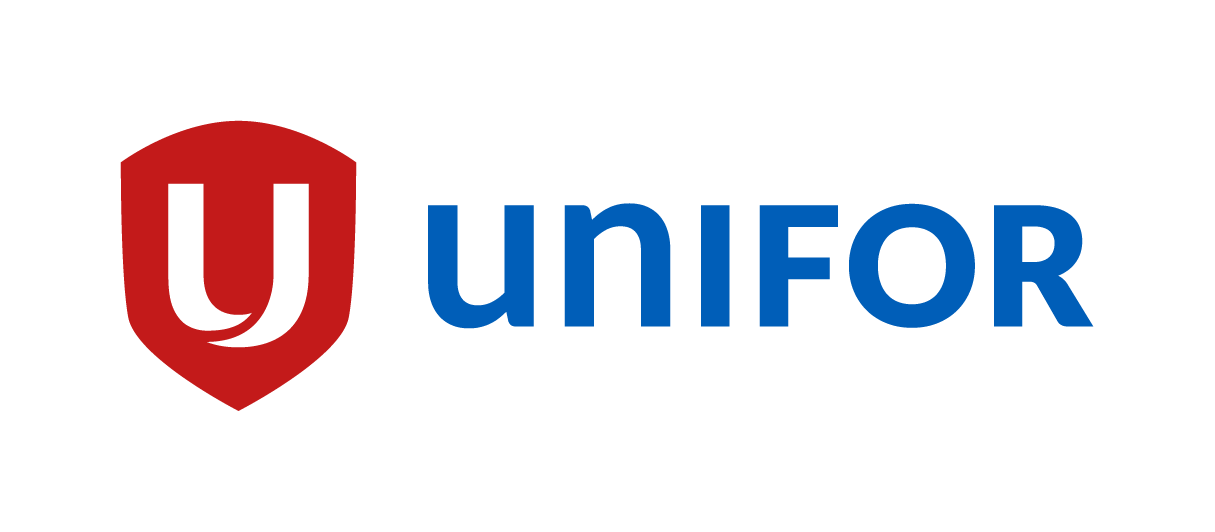July 8, 2020
As many of us transition back to our workplaces during this ongoing COVID-19 pandemic, we will certainly experience changes in our daily work environments. The world of work should have changed with a renewed focus on worker health and safety, in the attempt of protecting everyone from the invisible Coronavirus hazard. As governments relax stringent measures put in place to protect the public from COVID-19, there will be ongoing and increasing opportunities for interaction with other workers, customers, patients and the general public; yet what is certain in that the COVID-19 pandemic still exists around us. This means that we will have to stay on guard and continue with our enhanced protocols and new measures designed to protect us from the virus.
The pandemic exposed some very uncomfortable truths about the inequalities that many in our society face, especially in relation to poverty, precarious workers and the value that we put on the care of those most vulnerable in our community, ranging from the ill and homeless, to the underemployed, unemployed and the elderly.
Words like “pandemic, coronavirus, physical distancing, isolation, quarantine, PPE, N95, surgical masks, herd immunity, contact tracing, sanitization” have entered our daily vocabulary and likely will not be disappearing anytime soon.
Many of our members were deemed “essential service workers” and were exempted from the government lockdown measures. Those in health care, long term care, emergency services, telecom, utilities, transportation, the food industry, mining, manufacturing and others have soldiered on through the pandemic and followed strict protective measures instituted by employers (hopefully in consultation with their union) to protect themselves and their co-workers from the virus.
Wherever you fit in the scope of work, you are sure to have encountered changes in the workplace. As the economy slowly gets back on the rails, there will be an increased push to open up business and relax some of the lockdown measures. This does not mean that we should allow for the worker protections that have been developed in the workplace to be watered down or ignored in the new world of work that we are in.
In this light, we have developed a reminder document that the workplace is now in the “New Normal” and should remain that way for the foreseeable future.
RETURNING TO WORK DURING THE “NEW NORMAL” THE TOP 20 QUESTIONS YOU SHOULD BE ASKING
Taking into account all that we have been through, it would be a terrible mistake to ignore the costly workplace lessons learned and go back to the “old way.” Here are the questions that every worker should be asking as we transition into the “New Normal.”
1. Where is the copy of the employer’s return to work plan?
a. Have I read it?
b. Do I understand it?
c. Do I agree with it?
d. Does my union agree with it?
2. Have all the jobs in my workplace been evaluated for risk?
a. Have the risks been controlled?
b. Are all of my responsibilities included in that list?
c. Do I know my role and know how to protect myself and others?
d. Is mental health being promoted?
3. Is my employer showing leadership and commitment to protecting me on a daily basis?
4. Is my Union fully involved and briefed daily about the issues that have arisen?
5. Is cleaning and sanitization on-going daily and with good practices being followed?
a. Are high touch areas being cleaned and disinfected numerous times daily?
b. Are the cleaning staff properly trained and products labeled?
6. What kind of pre-screening is my employer doing?
a. Of workers?
b. Visitors?
c. Contractors?
d. Patients?
e. Customers?
7. Is 2m physical distancing on workplace property being adhered to and enforced?
8. Is the employer supporting employees when they may have to self isolate or quarantine?
9. Is my employer openly and clearly communicating with its employees?
10. Is the JH&SC actively involved in inspecting the workplace and making suggestions to improve conditions?
11. What is my employer’s response plan in case of a COVID-19 case at work?
12. What is my employer doing to accommodate workers who are:
a. Immunocompromised?
b. Older?
c. Have severe breathing difficulties?
d. Obese?
e. Have Severe health issues?
f. Pregnant?
13. Are designated work areas, washrooms, break areas, entrances, exits, and change rooms still being evaluated for adherence to safety protocols?
14. Is the facility ventilation/ exhaust and make up air running at full capacity using fresh air and not recycled air?
15. Is all necessary PPE still available?
16. Is the employer respecting the additional needs for hand washing stations, and the additional time needed to wash and sanitize hands many times during the work shift?
17. Are washroom supplies of paper towels, and soap and hand sanitizer still made available?
18. Are warning and reminder signs and posters still posted in the workplace?
19. Is the employer protecting workers from stigma or workplace harassment associated with the coronavirus?
20. Does my workplace look safe and feel safe?
There needs to be a clear and unequivocal commitment from management to protecting the health and safety of employees in every workplace. In light of the fact that not all employers actually live up to what they say they are committed to doing, workers must also understand and utilize their three very important workplace rights:
- The right to know about hazards (education, training and information).
- The right to participate in workplace health and safety (asking pointed questions, utilizing the JH&SC).
- The right to refuse unsafe work (refusing to work when all else fails).
Workers need to be guided by the precautionary principle which leads them to take precautions whenever dealing with an uncontrolled or unknown hazard. Decisions must be made with worker protection in mind, first and foremost. If you’re unsure about what needs to be done in a certain situation, always err on the side of personal caution and safety. Consider a plane losing cabin pressure, passengers should put their own oxygen mask first before helping others.
There is no job so important that it cannot be done safely!
We may have COVID-19 “Lockdown Fatigue” but we must remain vigilant. We don’t know if the virus will be an annual event like the flu or if it will be a once in a lifetime event. Likely, public protective measures like wearing a mask in public settings, additional hand sanitizers and screening will continue for the foreseeable future. It seems we are in the early stages of a marathon, not a sprint, and putting our health and safety first, both in the workplace and outside of it will help us get out of this crisis and protect everything we have worked for as a society. Everyone has a role to play!
Sources
- Unifor checklist for return to work post COVID-19 closure.
- “After the COVID-19 crisis ends, what does our ‘new normal’ look like?” National Post, May 2, 2020.
- “Normal was the problem’: Why one expert says we shouldn’t go back to the way it was.” CTV News, May 21, 2020.
- “What a post-COVID-19 workplace could look like.” CTV News, May 7, 2020.
- “Recovery Readiness: A How-to Guide for Reopening your Workplace.” Cushman & Wakefield, April 22, 2020.
- “Coronavirus weekly: balancing a ‘new normal’ while keeping COVID-19 in check.” The Conversation, May 18, 2020.
- “A restorative approach is key for a new normal after COVID-19.” Policy Options, June 15, 2020.


